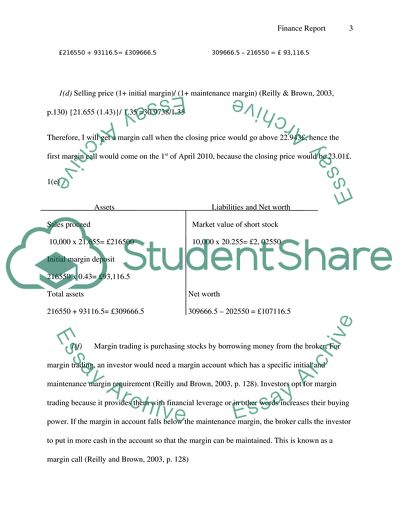Cite this document
(“Introduction to Financial Accounting Assignment”, n.d.)
Retrieved from https://studentshare.org/finance-accounting/1567511-finance-report
Retrieved from https://studentshare.org/finance-accounting/1567511-finance-report
(Introduction to Financial Accounting Assignment)
https://studentshare.org/finance-accounting/1567511-finance-report.
https://studentshare.org/finance-accounting/1567511-finance-report.
“Introduction to Financial Accounting Assignment”, n.d. https://studentshare.org/finance-accounting/1567511-finance-report.


